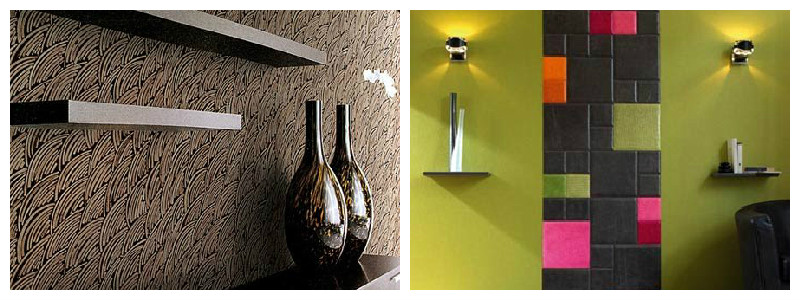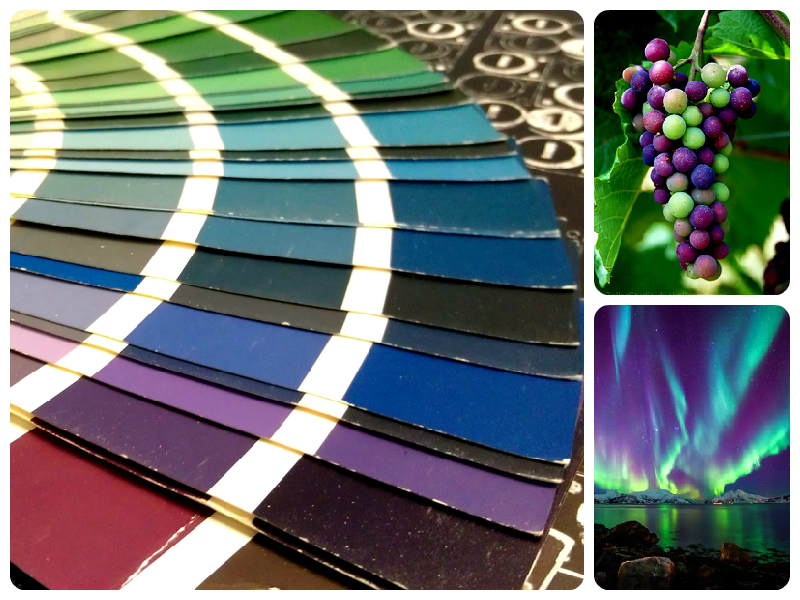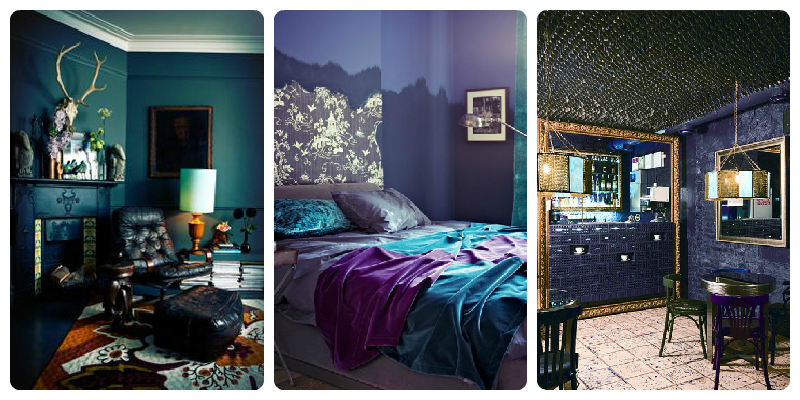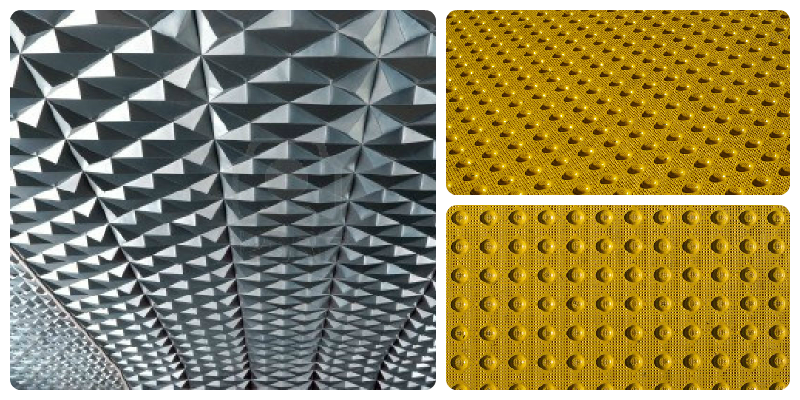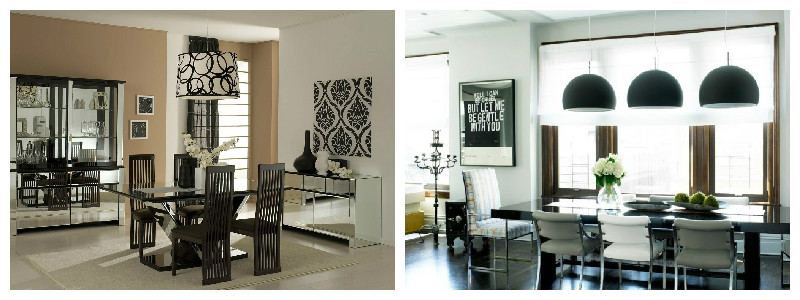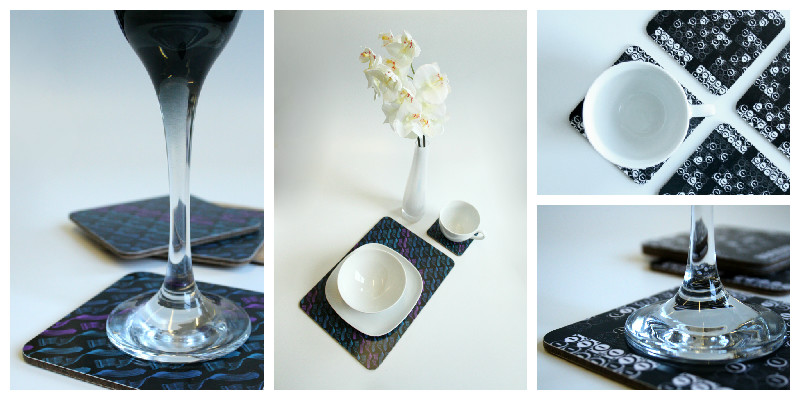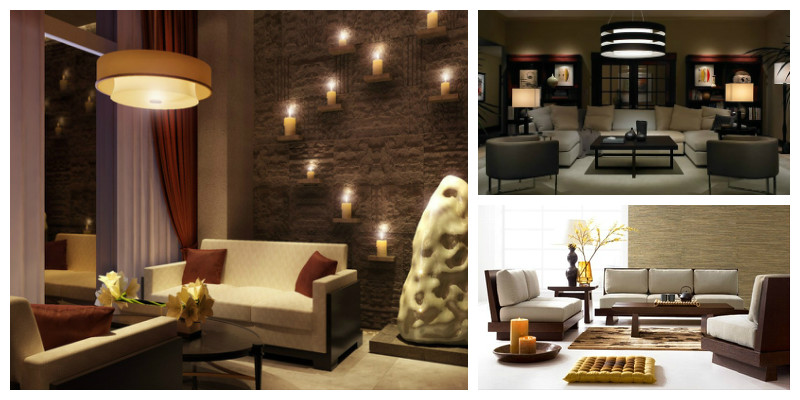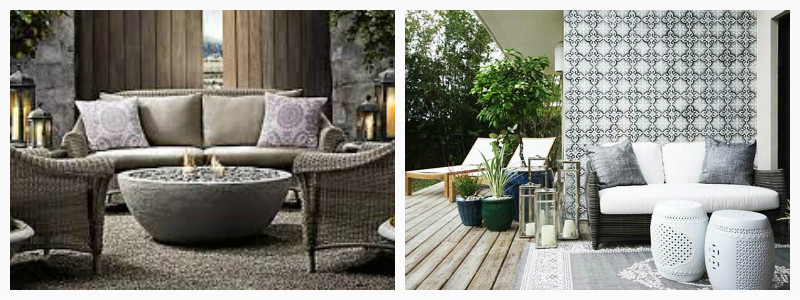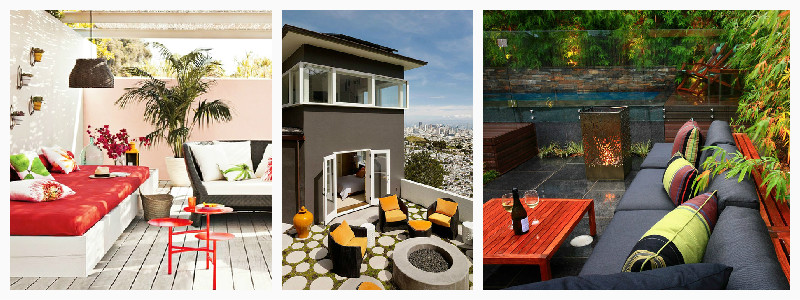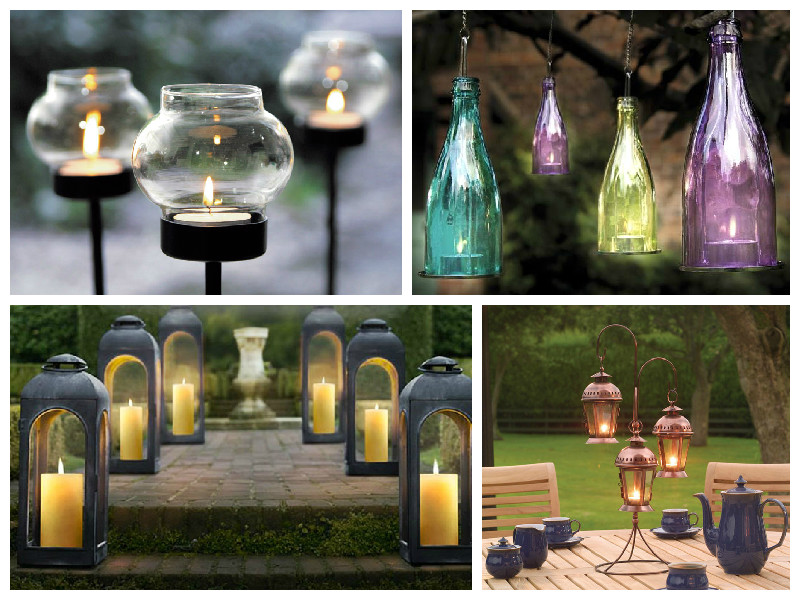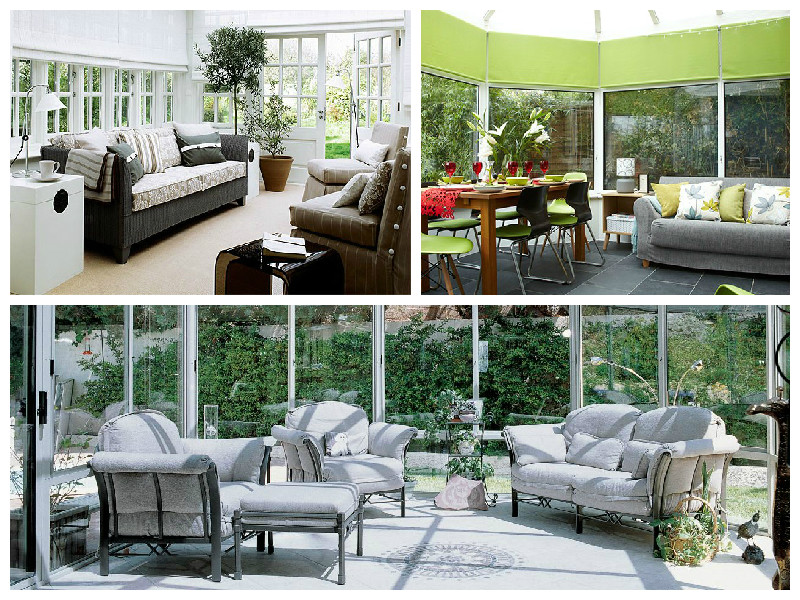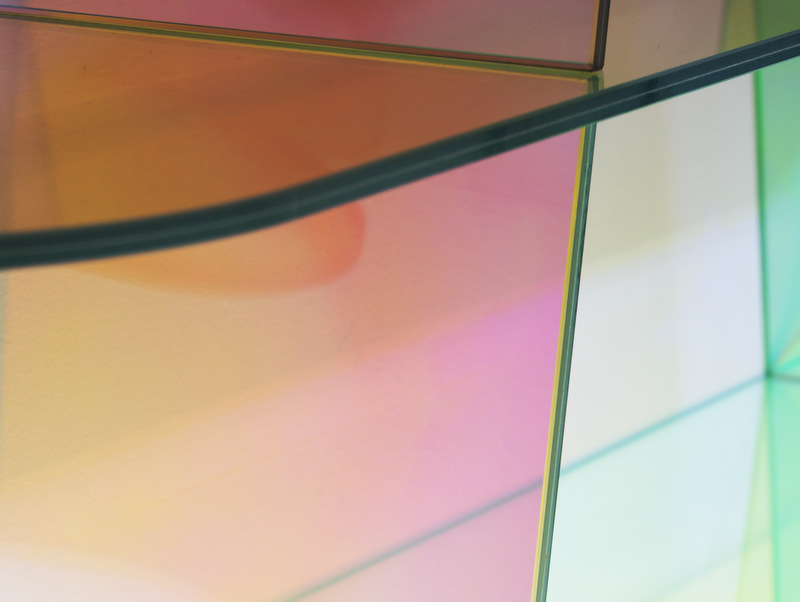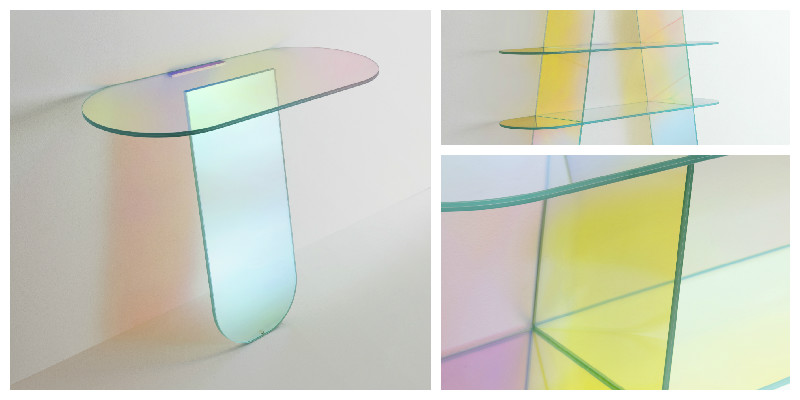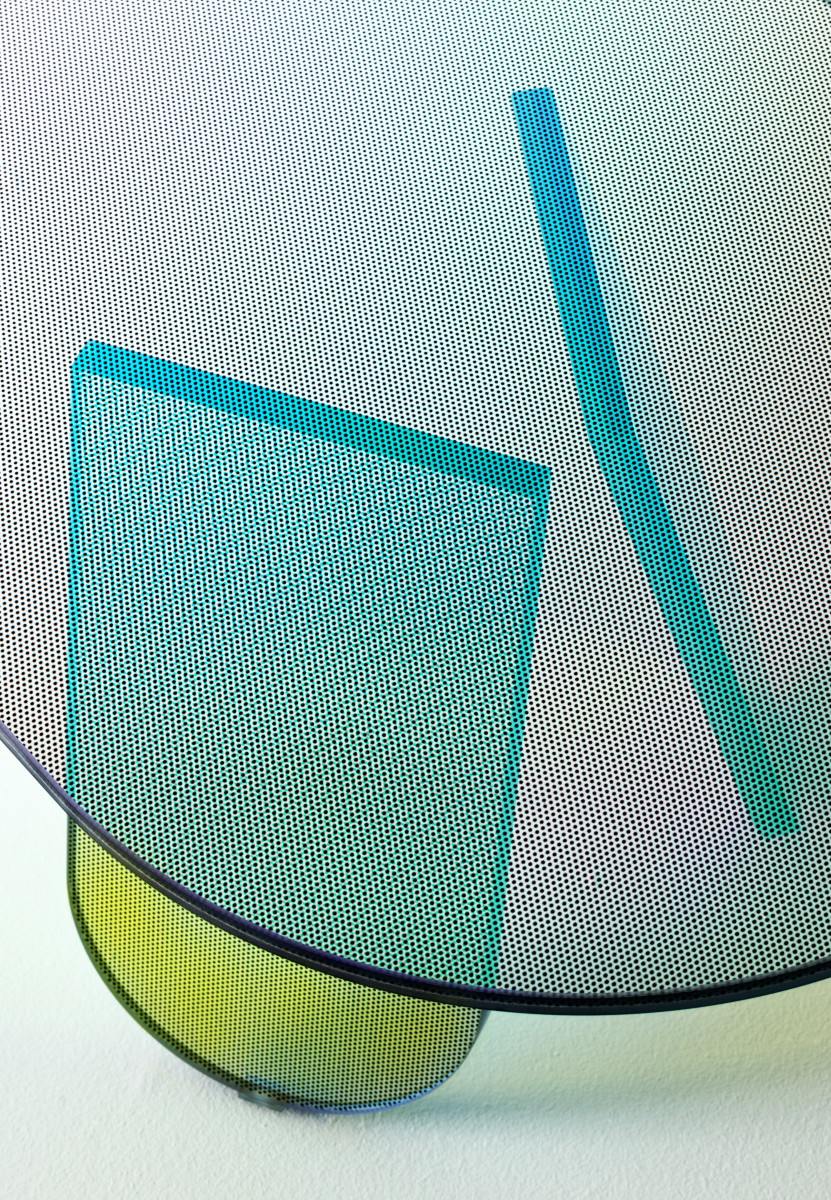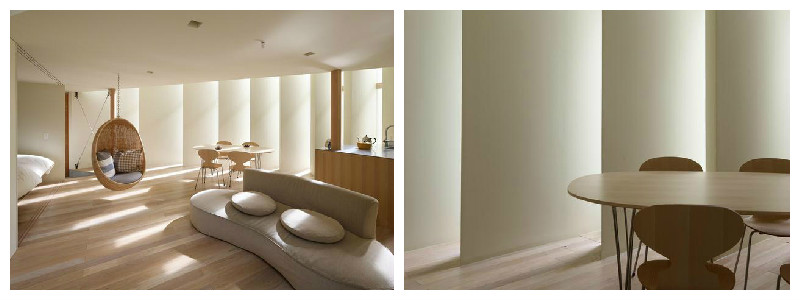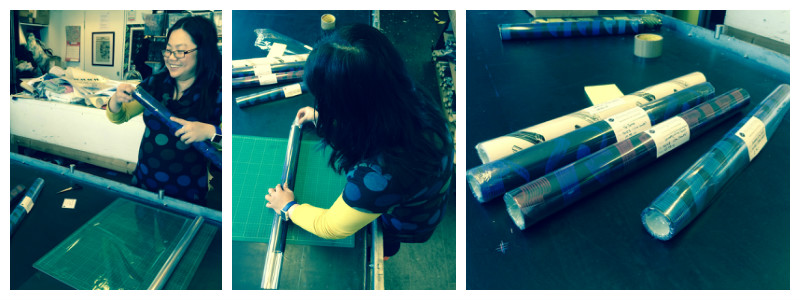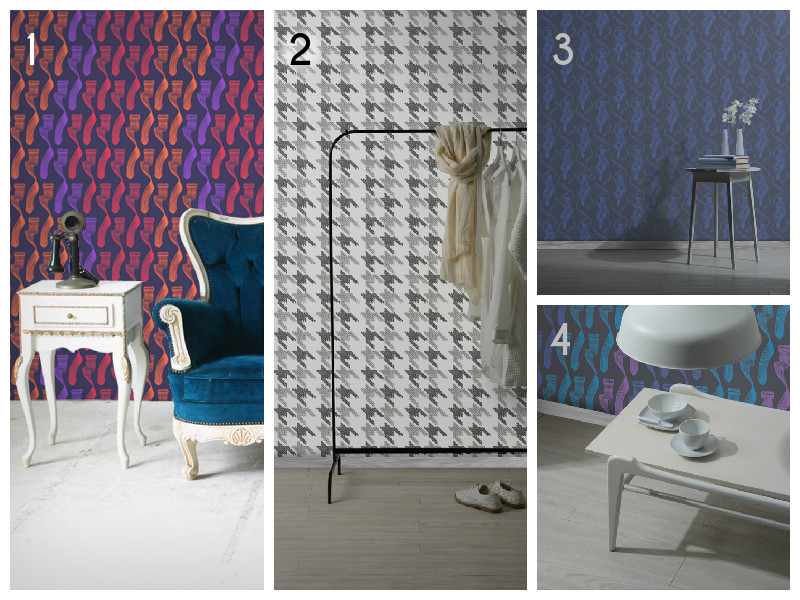Walls don’t have to be flat or covered in paint to be attractive. So continuing the theme of using texture in interior design, in this blog post we have looked specifically at textured wall coverings. As with all unusual interior choices it’s best to keep the textured wall surface to a limited area, as not to over crowd the space by having all walls covered with the textured pattern.
As we mentioned in a previous post, texture can be either tactile or visual, creating the illusion of tactile texture. Naturally, wallcoverings follows these two styles as well. In this post we’re looking at tactile texture, and we start with a very exquisite example used on interior walls:
This is a creative use of ceramic tiles by David Pergier. We particularly like this wall as it conveys the power of 3D textures and the nice glossy surface of ceramic tiles. Also notice how the wall texture is broken into sections by the use of smooth vertical stripes. This further emphasizes the intricate areas, by creating a playful contrast and breaking the monotony of the wall.
One other way of using tactile textured walls is by creating feature walls in an interior space – be it at home or in a shared space. Here are two interpretations, both created using clean, plain white materials:
While adding texture to the walls may be enough to create a highlight in the room without needing to add colour variations (as in the examples we’ve given so far), sometimes colour can help go the extra mile, and create a truly unique mysterious or playful atmosphere:
These two examples add an extra dramatic effect to the spaces by using dark colours (left) and high contrast, bright colours (right). While both these examples create a powerful look for the interior, they need to be surrounded by contrasting surfaces, to help highlight them. As such, notice the plain green hue used in the example to the right, which naturally draws your eyes to the textured stripe in the middle.








